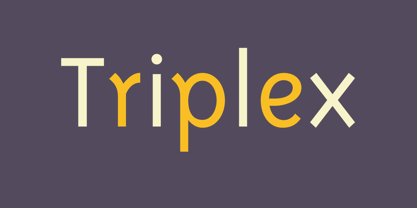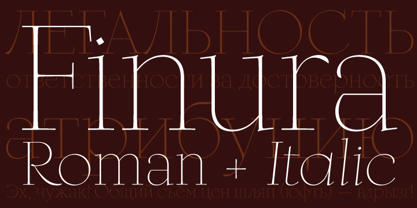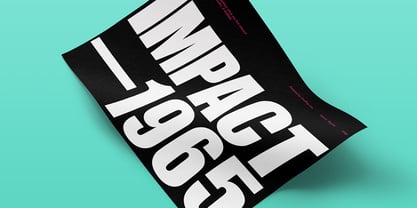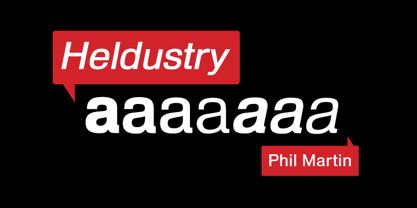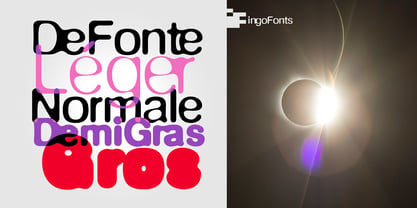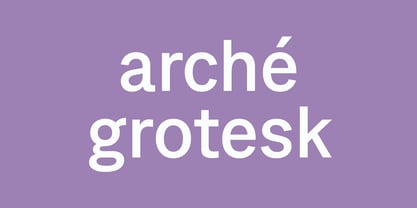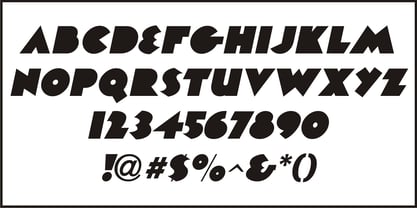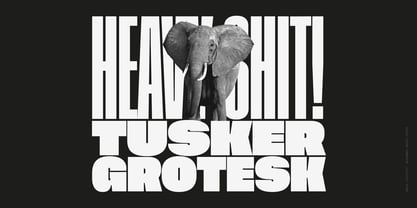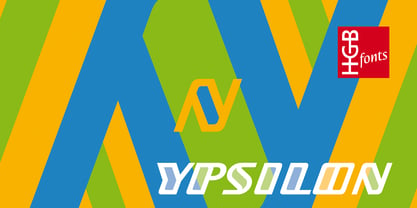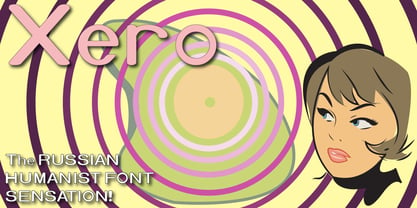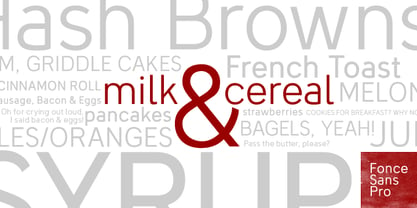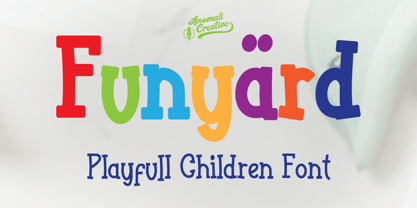10,000 search results
(0.234 seconds)
- Rogers2 - Unknown license
- Wacamóler Caps - Personal use only
- Germanica - 100% free
- MLB Tuscan - Unknown license
- ThunderBay - Unknown license
- Schmalfette Fraktur - Personal use only
- AdPro by Linotype,
$29.99 - Triplex by Emigre,
$39.00 - Back In The USSR DL - Personal use only
- Finura by DSType,
$26.00 - Comenia Serif Pro by Storm Type Foundry,
$69.00 - Impact by Microsoft Corporation,
$89.00 - Impact by Monotype,
$40.99 - Heldustry by URW Type Foundry,
$35.99 - VINTAGE COLLEGE DEPT_DEMO_worn - Personal use only
- De Fonte Plus by Ingo,
$39.00 - CF Arche Grotesk by Contrafonts,
$22.00 - Postmodern Moderne by Jeff Levine,
$29.00 - Tusker Grotesk by Lewis McGuffie Type,
$35.00 - Albany by Monotype,
$29.99 - HGB Ypsilon by HGB fonts,
$23.00 - Xero by Megami Studios,
$12.50 - Bitmax by ITC,
$29.00 - Fonce Sans Pro by Ryan Ford,
$10.95 - Linotype Astrolo by Linotype,
$29.99 - Funyard by Anomali Creative,
$19.99 - KING ARTHUR - Personal use only
- The Rio Lobo - Unknown license
- Shadowed Serif - Unknown license
- KellyAnnGothic - Unknown license
- Dampfplatz Solid - 100% free
- Uberhölme Outline - Personal use only
- ScribbledFraktur-XHeavy - 100% free
- Calligrapher - Unknown license
- Western - Unknown license
- Blackwood Castle - Unknown license
- Encient German Gothic - Unknown license
- Pennybridge 1563 - Personal use only
- Oklahoma - Unknown license
- BlackAngels - Personal use only






